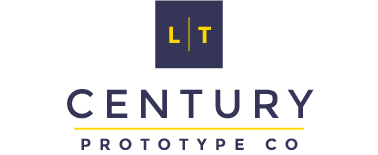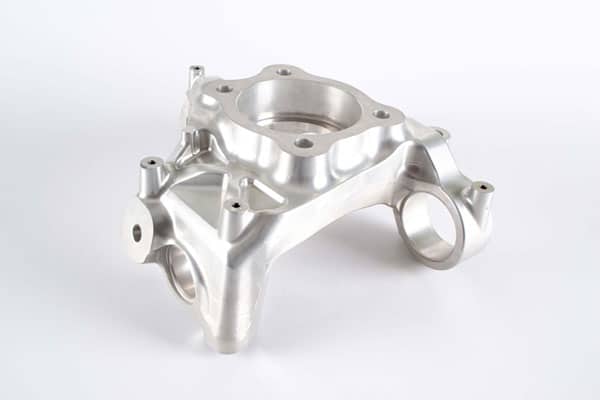In product development, the choice of tooling can be a make-or-break decision. The right tools can accelerate your timeline, control costs, and ultimately determine the success of your product launch. But with two primary options available – rapid and traditional tooling – how do you choose the best path for your project? This blog post aims to demystify the decision by comparing these two approaches comprehensively. We’ll delve into their unique advantages and disadvantages, empowering you to make an informed choice that aligns with your needs and goals.
Whether you’re developing prototypes, embarking on low-volume production, or scaling up for mass manufacturing, understanding the nuances of rapid and traditional tooling is crucial.
Rapid Tooling
Rapid tooling represents a modern approach to tool creation, leveraging technologies like 3D printing, CNC machining, and casting to accelerate production. Unlike traditional tooling, which often involves lengthy lead times and high costs, rapid tooling expedites the process, often delivering tools within days or weeks. This speed translates to significant cost savings, especially for projects with smaller production runs.
Beyond speed and cost-efficiency, rapid tooling offers unparalleled design flexibility. Modifications and iterations can be easily implemented, making it the perfect choice for prototyping and testing. However, it’s important to note that rapid tooling may not always be suitable for high-volume manufacturing due to potential limitations in tool life and material choices.
Traditional Tooling
Traditional tooling, a cornerstone of manufacturing for decades, relies on methods like steel molds, die casting, and machining to create robust and precise tools. These tools are renowned for their exceptional durability and longevity, making them ideal for high-volume production scenarios where millions of parts must be manufactured.
One of the standout advantages of traditional tooling is the vast array of material options available, allowing manufacturers to select the perfect material for their specific needs. Additionally, traditional tooling excels at producing intricate geometries and achieving superior surface finishes, often surpassing the capabilities of rapid tooling methods. However, this precision comes at a price. Traditional tooling typically involves longer lead times, requiring weeks or even months. The upfront costs are also considerably higher, demanding a significant investment to create these robust tools. Furthermore, design changes can be costly and time-consuming due to the complexity of the tooling process.
Key Considerations in Choosing the Right Approach
Choosing between rapid and traditional tooling boils down to understanding your specific needs and priorities. Rapid tooling excels in speed, cost-efficiency, and design flexibility, making it a great fit for projects with tight timelines, smaller production runs, and evolving designs. Traditional tooling, on the other hand, shines in durability, material options, and complex geometries, making it ideal for mass production and projects with stringent quality requirements.
To make an informed decision, consider your project timeline carefully: how quickly do you need the tool? Evaluate your production volume: are you aiming for small batches or mass production? Assess your budget: what financial resources are available for tooling? Analyze the design complexity: how intricate is your part? And finally, determine your material requirements: are specific materials essential for your product’s functionality or aesthetics?
By carefully weighing these factors, you can confidently choose the tooling approach that best aligns with your project’s unique demands, ensuring a successful outcome.
Conclusion
The decision between rapid tooling and traditional tooling is ultimately a matter of aligning the right tool with the right job. Each approach brings unique strengths and limitations to the table. We encourage you to carefully weigh the pros and cons discussed in this article and, if needed, consult with tooling experts to determine the best fit for your specific project.
Reference
*Image from https://hlhrapid.com/

